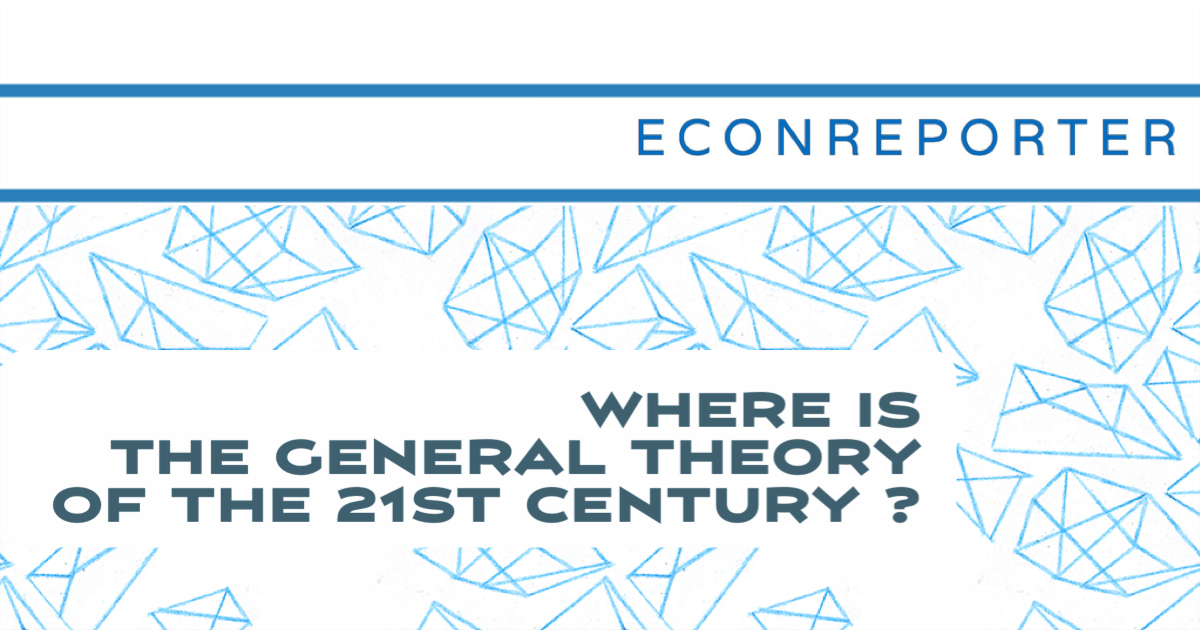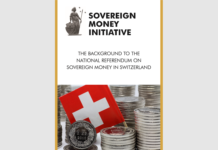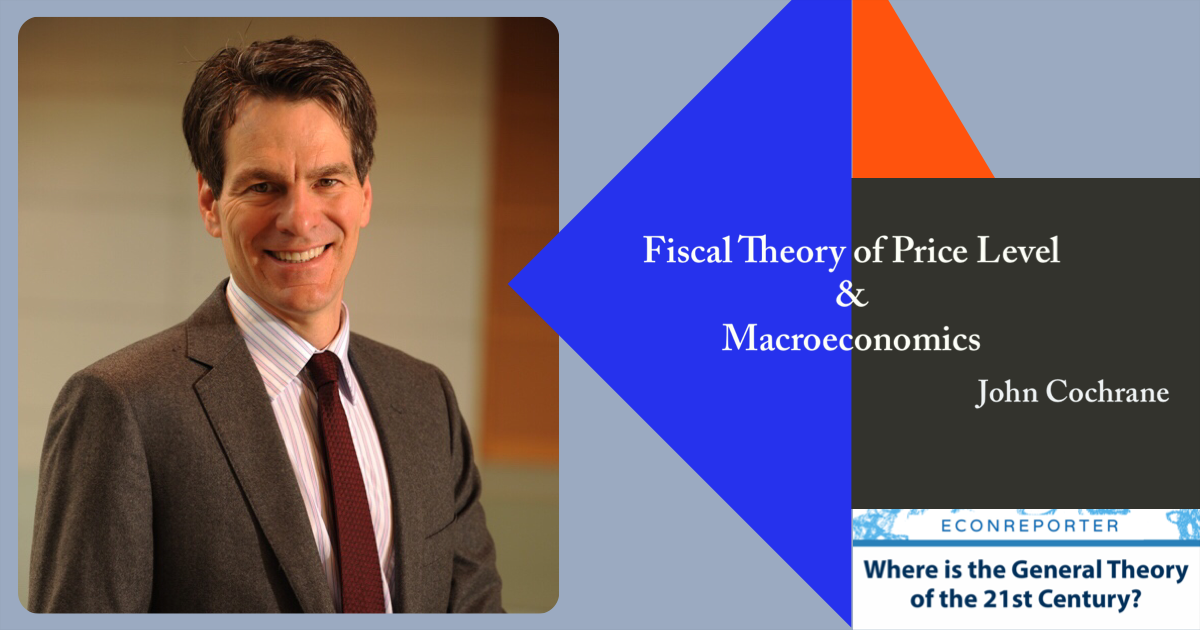Nothing would make us more proud than seeing intelligent and informed people discuss the ideas we have put forth in the interview series. So it is our great honor to know that there is some excellent discussions on our interview with Ricardo Reis, first by Prof. Scott Sumner at Econlog , then another one by Nick Rowe .
Ricardo Reis on price level targeting | EconLog | Library of Economics and Liberty
I\’ve devoted much of my life to promoting market-based approaches to monetary policy. To better understand the idea, let\’s start by assuming the goal is simply a stable price level. Since the value of base money is the inverse of…
Without any doubts, both posts are of top quality and truely thought-provoking. For example, in Prof. Sumner’s post, he mentioned that the payment on reserve process Reis and Robert Hall advocated can be categorized as giving “market participants an incentive to move the demand for base money to the level expected to promote stable prices“. That is in contrast to another approach suggested by John Cochrane, David Glasner, among others, which “give market participants an incentive to move the supply of base money to the level expected to promote stable prices.” In the post, Sumner pointed to a specific suggestion made by Cochrane several years ago :
the Fed can target the thing it cares about – expected CPI inflation – rather than the price of gold. To do it, the Fed can target the spread between TIPS (Treasury Inflation Protected Securities) and regular Treasurys, or CPI futures prices. Here’s a simple example. Investors buy a CPI-linked security from the Fed for $10. If inflation comes out to the Fed’s target, they get their money back with interest, $10.10 at 1% interest. If inflation is 2 percent below target, the Fed pays $2 extra — $12.10. This pumps new money into the economy, with no offsetting decline in government debt, just like the helicopter drop. If inflation is 2 percent above target, investors only get back $8.10 – the Fed sucks $2 out of the economy at the end of the year. If investors think inflation will be below the Fed’s target, they buy a lot of these securities, and the Fed will print up a lot of money, and vice versa.
I found Sumner’s categorizations fascinating, as I have never seriously thought about the differences between these approaches. One question comes up in my mind: do we have any arguments that can help us understand which one of the two methods, that is the “money demand-based” approach Reis’s approach is classified as, and the “money-supply-based” approach that Cochrane’s approach is classified as, is comparatively “better”?
To understand more on the subject, I posed this question to Prof. Cochrane. To my surprise, Cochrane’s answer point us to understand the effectiveness of his aforementioned approach in a different direction. Here is his reply to our question:
My proposal does not work as Scott and Ricardo say — though, since I haven’t yet written the academic article version, a bit of confusion is perfectly understandable. I don’t really understand their proposals in deep detail either.
Unlike theirs, my proposal works even if there is no “base money,” anymore, which is a good thing now that we live in the world of abundant interest bearing reserves which are indistinguishable from liquid government debt.
My proposal works, really, by committing the government’s fiscal policy to price stability.
Yes, Cochrane’s idea is actually rooted in his Fiscal Theory of Price Level (FTPL) framework. If you don’t understand what FTPL is, you might check out this little Explainer of ours, or read our previous interview with Cochrane.
John Cochrane on “FTPL and the State of Macroeconomics” | #WITGT21 Interview Series |
This is the fourth installment of our interview series “Where is the General Theory of the 21st Century?” In this article, we continue our discussion with Professor John Cochrane, Senior Fellow of Hoover Institution, Stanford University. Here he talks about Fiscal Theory of Price Level and how can we apply …
Now, let us continue Cochrane’s explanation on how we can use FTPL to understand his inflation stablisation approach. Here he use gold standard as an example:
To see what I mean, go back to the gold standard. You may think the gold standard works by tying base money to gold. But it doesn’t really. It ties government fiscal policy to gold. No government ever issued notes and government debt all 100% backed by gold. So, if people came all at once to say “here are our notes, give us your gold,” the government is stuck. Unless… it can tax its citizens to get the needed gold, or borrow the needed gold by credibly promising to raise future taxes. The fiscal theory of the price level is under everything! Gold was a lovely fiscal commitment — it said we will raise the resources to pay back our debts, both money and nominal bonds, at this and only this price level.
OK now back to targeting the spread or the equivalent targeting CPI futures. This works, as Scott says, just like a gold standard. But like a gold standard, to my mind it works even if there is no money, and it works fundamentally if it commits the government’s fiscal policy. If people see inflation, they demand all indexed bonds. If inflation happens the government must raise taxes to pay back the more valuable indexed bonds. And vice versa. That’s the basic mechanism. And its really simple and transparent, no?
In a nutshell, Cochrane suggests that the gist of whether certain approach can successfully and efficiently stablize inflation depends not mainly on how supply and demand of money adjustment, but on people’s expectations of how the government will change its fiscal policies. Therefore, one can should consider also the fiscal side of the story to see if a inflation stablisation regime works.
Really interesting!
--- Follow us on Bluesky and Google News for our latest updates. ---






